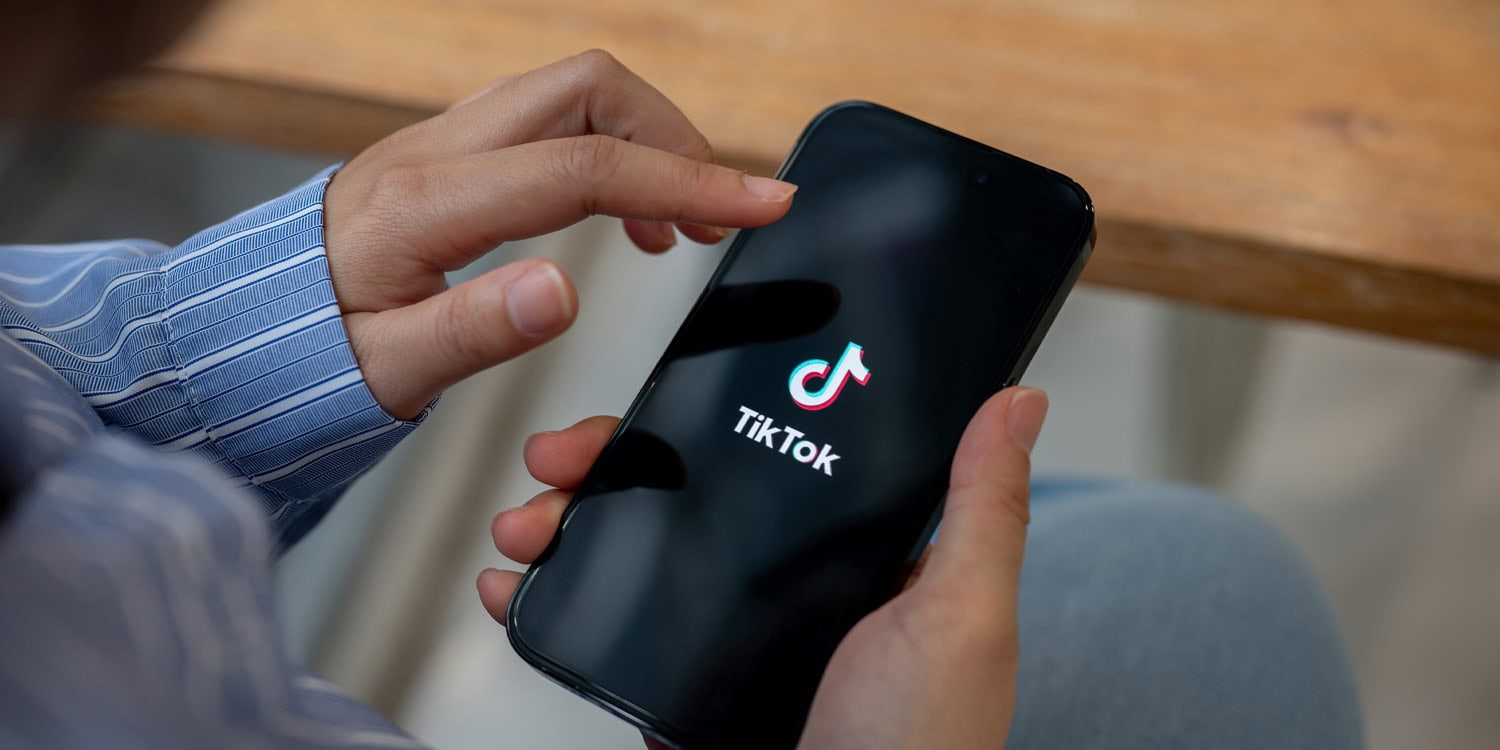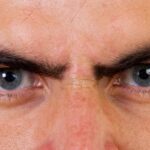A recent study published in PLOS One highlights the potential psychological risks associated with exposure to TikTok content, particularly videos that promote disordered eating and unhealthy body ideals. The research shows that women who viewed pro-anorexia (pro-ana) content on the platform experienced a significant drop in body image satisfaction and were more likely to internalize societal beauty standards. Even women exposed to seemingly neutral TikTok videos reported reduced body image satisfaction, suggesting that exposure to social media platforms like TikTok can have a broader impact on self-perception, regardless of the specific content consumed.
In recent years, TikTok has become one of the most popular social media platforms globally, particularly among teenagers and young adults. While social media platforms have long been associated with body image issues, TikTok’s unique algorithm—which personalizes content based on user interaction—may intensify the effects of harmful content.
Pro-anorexia communities on social media, often referred to as “pro-ana,” explicitly promote unhealthy behaviors such as extreme dieting and excessive exercise, encouraging viewers to engage in disordered eating. Although TikTok has policies in place to regulate such content, the platform’s algorithm can still inadvertently expose users to harmful videos, especially when users interact with fitness or weight loss-related content.
“I have a long-standing interest in wellness culture, which led me to consider the normalisation of disordered eating culture beyond clinical contexts. So much of the harmful body-related messaging people are exposed to online is hiding in plain sight,” explained study author Rachel Hogg, a senior lecturer in psychology at Charles Sturt University.
“Some of this content is explicitly disordered, but a lot of it is presented as health consciousness and comes in the form of restricted diets, microbiome cleanses, and an intense focus on exercise and self-discipline. Such practices are often accepted and rewarded as self-improvement, allowing content creators to reconfigure body distress as body transformation. All forms of harmful body-related content deserve consideration, but I am especially interested in the implicitly disordered content that circulates freely online and is supported and often celebrated by mainstream culture.”
The study involved 273 women aged 18 to 28, most of whom were TikTok users in Australia. Participants were randomly assigned to either an experimental or a control group. Those in the experimental group were exposed to a series of TikTok videos for approximately 8 minutes promoting disordered eating behaviors, including explicit pro-ana content. These videos featured young women restricting food intake, humor about disordered eating, and weight loss tips, such as using ice cubes to curb hunger. The control group, on the other hand, viewed neutral content, such as videos about nature, animals, and cooking.
To assess the psychological effects of the videos, the researchers measured body image satisfaction and the internalization of societal beauty standards both before and after the participants watched the TikTok videos. Body image satisfaction was measured using the Body Image States Scale (BISS), while the internalization of beauty standards was evaluated with the Sociocultural Attitudes Towards Appearance Questionnaire (SATAQ-4). In addition, participants completed the Eating Attitudes Test (EAT-26), which screens for disordered eating behaviors, and the ORTO-15, a tool designed to assess orthorexic tendencies (an unhealthy obsession with eating “clean” or “pure” foods).
After viewing the videos, participants were asked to complete the same body image and internalization surveys to assess whether their perceptions had changed as a result of the exposure. The researchers also analyzed participants’ daily TikTok use to determine whether higher levels of use correlated with more disordered eating behaviors.
The results confirmed that exposure to pro-anorexia TikTok content had a noticeable impact on women’s body image and internalization of beauty standards. Women in the experimental group, who watched the disordered eating content, reported a decrease in body image satisfaction compared to those in the control group. Their scores on the SATAQ-4, which measures the internalization of societal appearance ideals, also increased after viewing the pro-ana content, indicating that the videos led them to adopt more rigid views on societal beauty standards.
“I was surprised that the ‘dosage rate’ of less than 10 minutes watching disordered TikTok content was enough to have an effect,” Hogg told PsyPost. “We were aware in the lead-up to data collection that less than ten minutes of exposure may not be enough to elicit an effect, even if the content is having an effect, keeping in mind that body image satisfaction and internalisation of beauty standards are influenced by factors other than just social media content. Because disordered eating content is so prevalent on TikTok, there was also the possibility that TikTok users in our study would be somewhat inoculated its effect but that certainly was not the case.”
“The average TikTok user spends around 1.5 hours a day on the platform, and in our research, around 30% of the female participants in our study were spending somewhere between 2-5 hours per day on the platform, so the ‘dosage rate’ of 7-8 minutes of disordered content to which participants in the experimental group were exposed is much lower than the exposure they are likely experiencing on a regular basis.”
Interestingly, women in the control group also experienced a drop in body image satisfaction, even though the videos they watched did not focus on body appearance or weight. This suggests that the mere act of viewing TikTok videos, regardless of the specific content, may encourage users to engage in social comparison, potentially lowering their satisfaction with their own bodies.
The study also examined the relationship between TikTok use and disordered eating behaviors. Women who reported spending two or more hours on TikTok each day had higher scores on the EAT-26, suggesting that they were more likely to exhibit disordered eating behaviors. However, these findings did not reach statistical significance, meaning that further research is needed to confirm whether time spent on TikTok directly correlates with eating disorder risk.
Still, participants in the high and extreme TikTok usage categories scored just below the clinical threshold for eating disorder symptoms, raising concerns about the potential for TikTok to influence disordered eating behaviors in the long term.
Hogg outlined two main takeaways from the findings: “First, on TikTok, the algorithm has more influence on what you see online than you do – even if you don’t search for disordered eating or exercise content, it is likely such content will find its way into your FYP, especially if you are a young female user and even if you search for anti-anorexia or body positivity content. Second, limiting time on social media apps like TikTok is often recommended as a way of preventing social media from negatively impacting you, but our findings suggest limited time online doesn’t necessarily mean you will experience minimal psychological harm.”
The study highlights the potential dangers of TikTok content on body image satisfaction and the internalization of societal beauty standards. But as with all research, there are some limitations.
“We excluded anyone with a past or current eating disorder diagnosis from participating in the study, so our findings should not be applied to clinical populations,” Hogg noted. “We also saw a decrease in body image satisfaction from pre- to post-test for the control group as well as the experimental group. It may also be that viewing the bodies of others, even when not in an eating- or exercise-related context, may have a negative impact on body image, as some of the content the control group were exposed to included footage of human bodies. Alternately, it may be that completing a body image satisfaction survey twice within a relatively short time-period may negatively influence how young women feel and think about their bodies.”
Additionally, the study’s experimental design only assessed the short-term impact of TikTok content, measuring changes in body image and beauty standard internalization immediately after participants watched the videos. Longitudinal studies that follow participants over an extended period are needed to determine the long-term psychological effects of TikTok use.
“One line of future research is to examine the nature of the relationship between psychological harm and the length of disordered content exposure, extending beyond the short exposure period we used in this research,” Hogg explained. “The relationship between exposure and negative psychological effects may not be linear in nature, and future research is needed to explore this. I would also like to compare the effects of explicit (pro-ana) and implicit (“clean eating”, fitspiration, #GymTok, #FoodTok, etc) content in two separate experimental trials to tease apart the impact of disordered content across the spectrum.”
“I’m also interested in exploring the beliefs and experiences of content creators – these individuals are often perpetuating harm, but they are also victims of a culture that rewards a rigid adherence to cultural beauty standards, so there are lots of nuances to consider, especially in the case of young content creators and little research has addressed this.”
“Finally, there is one statistically non-significant but clinically interesting finding from our study that lives rent free in my mind,” Hogg continued. “That is, that participants who reported high (2-3 hours per day) and extreme (3+ hours a day) rates of TikTok use averaged scores just below the cut-off for clinical psychopathology on a scale of eating disorder symptoms, suggesting that more than two hours a day of exposure to TikTok content may be linked to clinically significant disordered eating.”
“Considering we excluded those with eating disorder diagnoses from participating in our study, this data suggests that many people without clinical diagnoses are not far from the clinical threshold that would lead a clinician to investigate for an eating disorder. This doesn’t surprise me, but it does concern me, and I think more research is needed to understand where the boundary exists between clinical and sub-clinical symptoms of disordered eating.”
While the study highlights the negative effects of TikTok’s algorithm in promoting disordered content, it also suggests the need for broader regulation of social media platforms. As the researchers note, TikTok’s business model prioritizes user engagement and time spent on the platform, often at the expense of users’ mental health.
“One question I am often asked is ‘what can young women do to keep themselves safe online?’ Certainly there is a place for online safety and media literacy training for individual users, but safety is not going to come from further regulation of the behavior of young women,” Hogg said. “The current economic model of social media is based on keeping people on an app for as long as possible – the profit margins of big tech companies depend on their ability to co-opt our reward systems and provide us with the intermittent reinforcement and the resulting dopamine hits.”
“The harmful kind of exercise-, body-, and diet-related content we have been talking about is financially valuable to big tech companies. And in our research, 64% of participants had seen disordered eating content on their For You page, higher than any other kind of negative content. The only way I can see change really taking place is when wellbeing rather than addiction is the focus of social media companies, and this will not come without government regulation. There are many reasons to be concerned and many reasons for governments to act, but one key social and economic reason is as follows; eating disorders have the highest fatality rate of any mental health diagnosis.”
The study, “#ForYou? the impact of pro-ana TikTok content on body image dissatisfaction and internalisation of societal beauty standards,” was authored by Madison R. Blackburn and Rachel C. Hogg.




